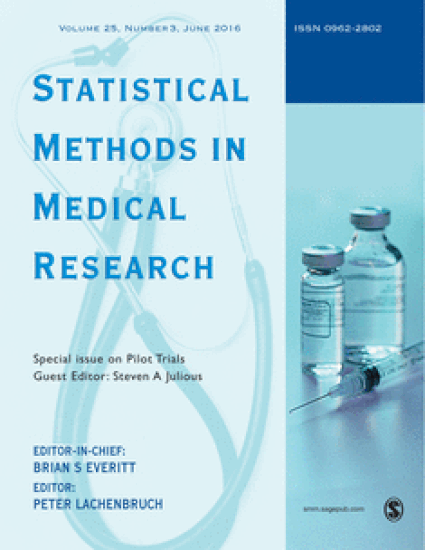
Propensity score methods are common for estimating a binary treatment effect when treatment assignment is not randomized. When exposure is measured on an ordinal scale (i.e. low–medium–high), however, propensity score inference requires extensions which have received limited attention. Estimands of possible interest with an ordinal exposure are the average treatment effects between each pair of exposure levels. Using these estimands, it is possible to determine an optimal exposure level. Traditional methods, including dichotomization of the exposure or a series of binary propensity score comparisons across exposure pairs, are generally inadequate for identification of optimal levels. We combine subclassification with regression adjustment to estimate transitive, unbiased average causal effects across an ordered exposure, and apply our method on the 2005–2006 National Health and Nutrition Examination Survey to estimate the effects of nutritional label use on body mass index.
